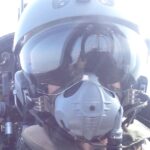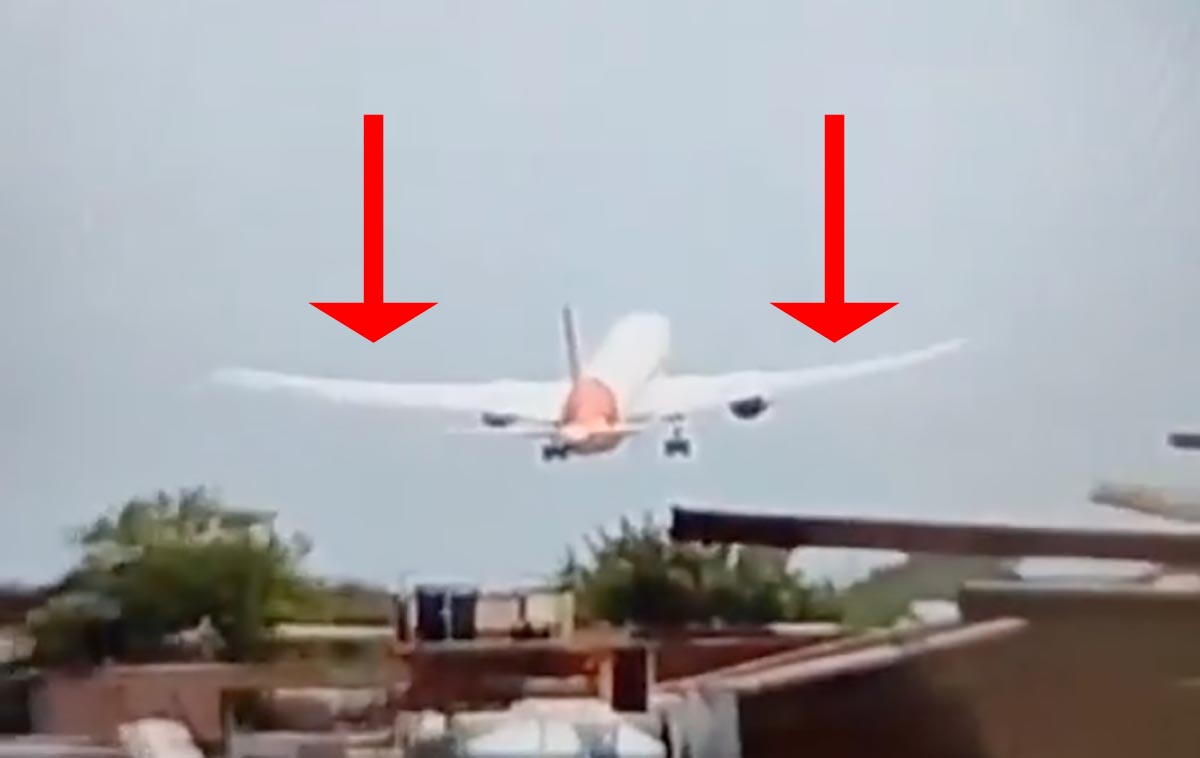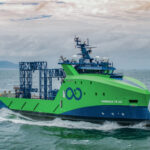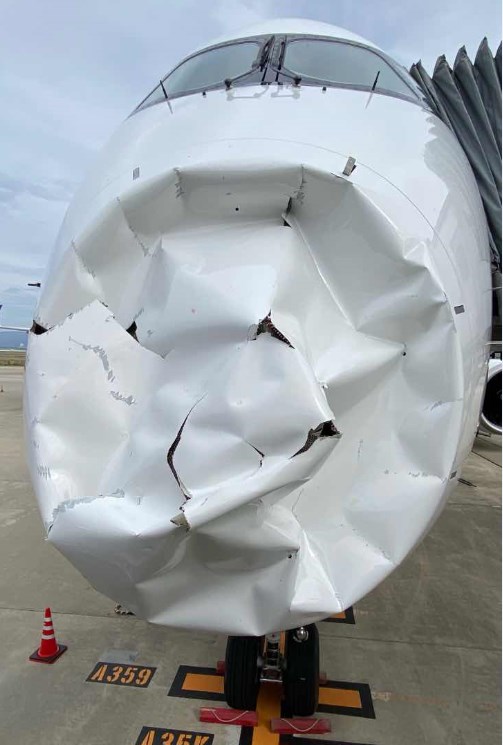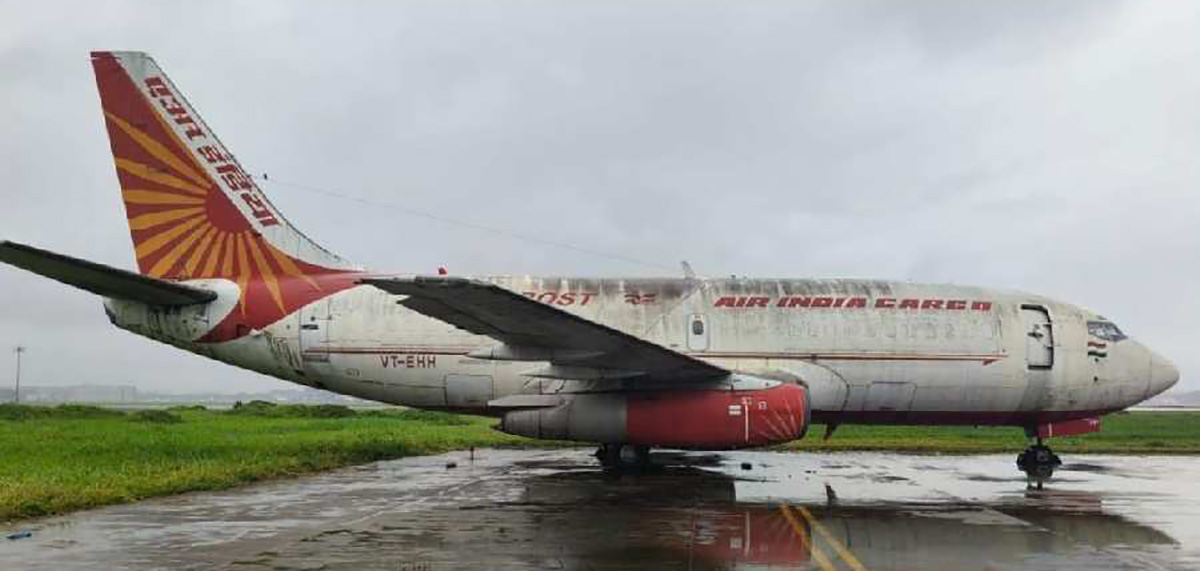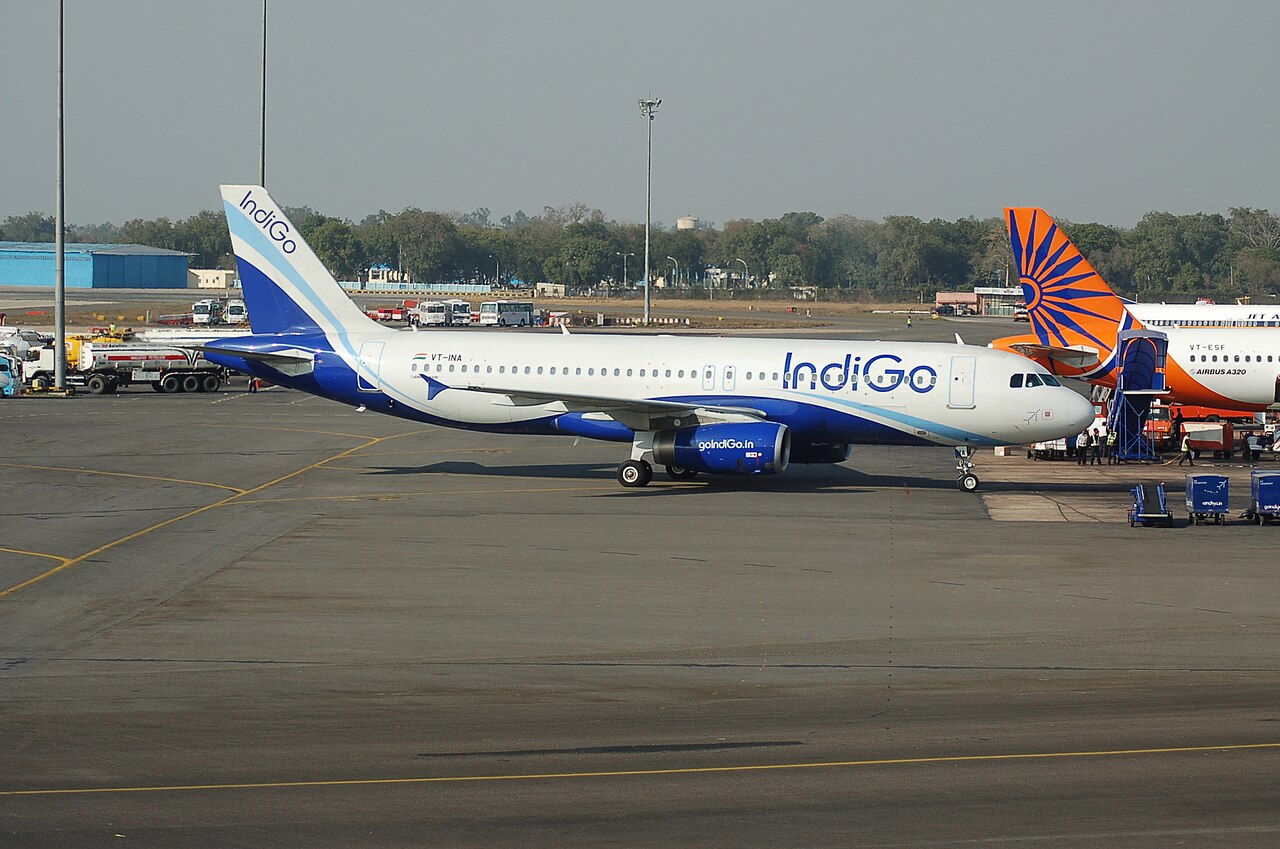We try to figure out the reasons why Air India flight AI171 got off the runway with no problem then crashed few seconds after takeoff from Ahmedabad Airport.
As flight AI171 departed Ahmedabad Airport, it appeared the airplane got off the runway with no issue but for some reason was unable to climb.
In the mayday call, the captain reported the aircraft was losing power, with no thrust, unable to lift few seconds before it crashed.
It is not immediately clear, and a final report on the crash causes might not be available until next year, but we try to understand what caused the first crash of a Boeing 787 Dreamliner.
From the original video, with good sound, we can clearly hear the Ram Air Turbine (RAT). A Ram Air Turbine (RAT) is a small wind-turbine generator that aircraft use as a last-resort power source in emergencies.
The primary function of a RAT is to provide emergency hydraulic and/or electrical power to critical aircraft systems when the main power sources (engines, Auxiliary Power Unit “APU”) fail.
The rat automatically deploys on three conditions :
Did the aircraft stall?
Video footage shows the aircraft struggling to gain altitude after take-off, flying unusually low before a rapid descent. This loss of speed and height has prompted speculation that the plane may have stalled—a condition where insufficient lift prevents sustained flight. Since lift depends heavily on speed, any thrust loss can sharply reduce lift. Both visual evidence and radar data suggest the aircraft lost speed soon after becoming airborne.
Flaps configuration
Observers noted that the wing flaps—critical for generating lift at low speeds—may not have been deployed. If the flaps were never deployed or were retracted too soon, the aircraft would have struggled to climb—especially if engine thrust was compromised.
Landing gear configuration
Additionally, the landing remained extended until impact, raising questions about whether standard take-off procedures were followed. This combination of retracted flaps and deployed gear is highly irregular in a normal departure.
Bird strikes
A flock entering the engines at low altitude could lead to dual engine failure—a rare but plausible scenario during take-off near airports.
Temperatures factors
With temperatures around 40°C at the time, reduced air density would have required a higher take-off speed. Combined with a possible mechanical fault or incorrect configuration, the extreme heat may have pushed the aircraft beyond safe operating limits.
Fleet inspections
Although the aircraft was 11 years old, it belonged to the Boeing 787 Dreamliner family, which has a strong safety record. India’s aviation regulator has ordered inspections across Air India’s 787 fleet. The airline’s Dreamliners are powered by GE Aerospace engines, which differ from the Rolls-Royce units that were previously grounded over safety concerns.
